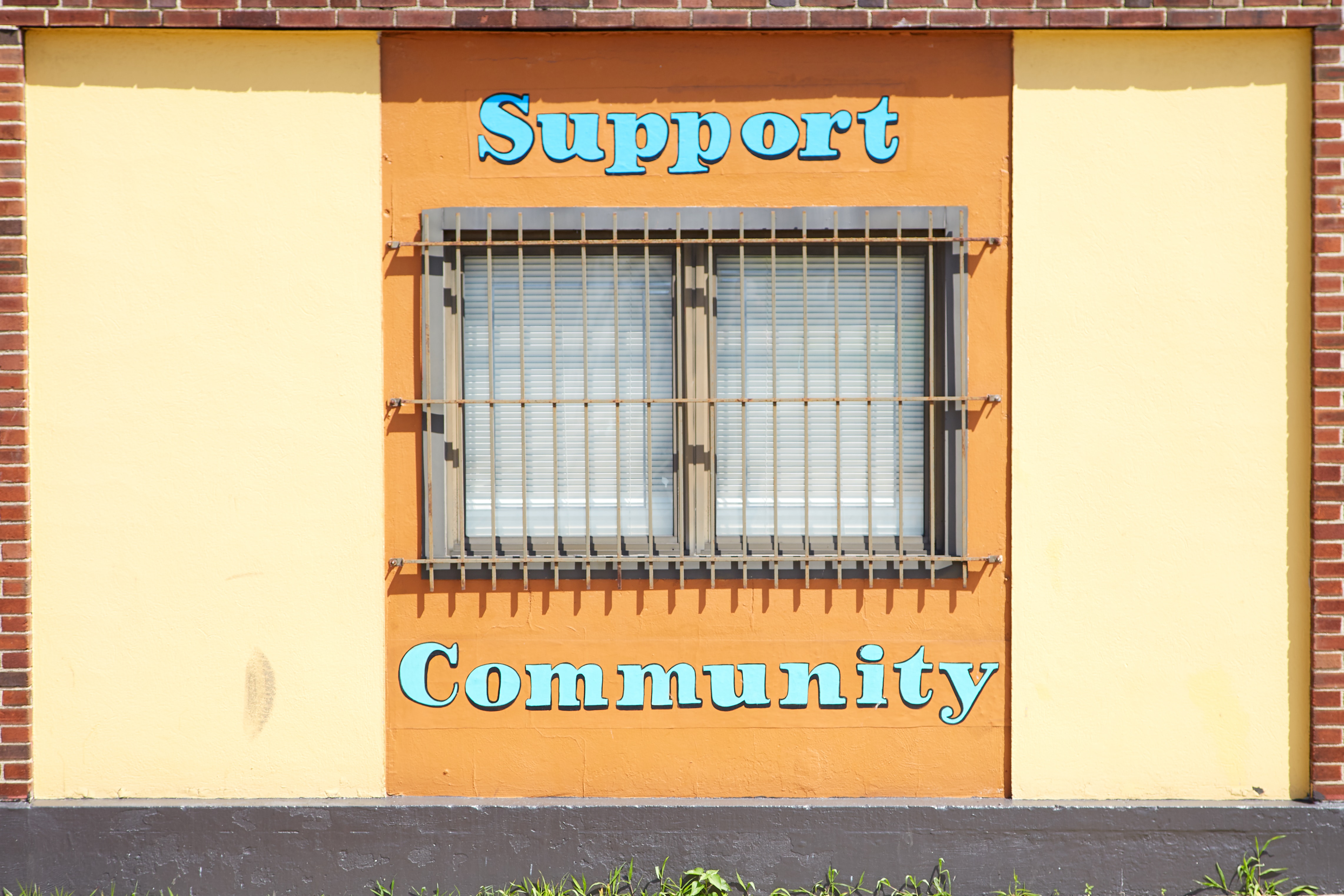Sign up for our information-filled email newsletter

How to Secure Funding for Community Coalitions

Securing funding for community coalitions is perhaps the single-most challenging aspect coalition leaders face. Creating effective community coalitions is incredibly challenging, but no matter how well-intended and clear a coalition’s vision is, there is little or no action it can take without proper funding.
This begs several questions: How do coalitions get funding? What funding avenues are available? Where can one apply for coalition funding?
Before we get into where potential funding opportunities are found, we first must outline what coalitions need to do to make winning funding opportunities more likely.
Make sure you develop a clear, articulate strategic plan before you begin to apply for grants and other funding avenues. “Without a plan, any mission will fail ultimately for the lack of direction and specific strategies to address a problem,” Shawnee Starling, president of Starling Consultancy wrote. “With a multisectoral approach, a strategic plan will help communicate the needs and solutions to grant funders, stakeholders, and potential donors.”[1]
We’ve previously written about how best to build strong community coalitions and forming a strategic plan — with a clear mission statement — is vital to the future success of the organization. A concise mission statement allows you to quickly present your vision to potential donors, which is always preferred as time is often limited.
Next, let’s discuss the leadership of your particular coalition. We’re all aware that good, effective leadership is a key driver of success. Perhaps nothing else is as important to the success of any enterprise, be it a for-profit venture or a nonprofit community coalition, then good leadership.
This is why the make-up of your board and its functionality is so important. In a study published in the American Journal of Preventative Medicine, Drs. Mark Feinberg, Daniel Bontempo, and Mark Greenberg wrote that “evidence suggests that board functioning predicts survival, at least in part independently of its influence on funding; and that planning for sustainability predicts sustainability, at least in part independently of overall coalition functioning.”[2]
The trio studied a specific coalition set in Pennsylvania, and the success rates were staggering. Ninety percent of them continued after initial funding periods, with just 3-8 percent terminating each year after, while nearly two-thirds of the sites continued to operate four years after the termination of the original three-year implementation plan, and many sites attracted funding levels equivalent to or greater than the initial grant. [3]
Functional boards matter and anyone interested in creating and sustaining an effective community coalition must understand that because a strong, functional board is more likely to lead to funding success.
Once you set up a rock-solid board, there are several potential funding opportunities. We want to focus on a few of the most trusted avenues, which are federal grants.
Grants.gov and SAMHSA.gov are two websites you need to know about. SAMHSA, or the Substance Abuse and Mental Health Services Administration, is part of the U.S. Department of Health and Human Services. It posts funding opportunities — and frequently updates them — on a dedicated page you can find here.
There are specific requirements before being able to apply for a grant, including a required registration for four (4) separate departments — Dun and Bradstreet Number, System for Award Management, Grants.gov, and eRA Commons.[4] Once you have registered your coalition with these four entities you can then apply for any of the federal grants you deem applicable to your coalition.
That might sound like a lot of hoops to navigate — it is — but it’s well worth the effort as having access to federal grants presents major funding opportunities for community coalitions. Networking and reaching out to potential private donors is something every coalition should do, but not all of us have access to people with the means to help. That’s why ensuring access to federal and other grant opportunities is imperative.
At Pride Surveys, we know how hard it can be to stand up a coalition and sustain it. We’ve been working to help educate community leaders about precisely what’s going on in their student communities for more than 30 years. The data our surveys collects helps determine the direction many coalitions take when aiming to keep communities thriving and moving in a positive direction. If you’re looking for tangible, actionable data directly from the youth community in your area to help strengthen your grant applications, contact us today and we’ll discuss what surveys your community can benefit from.
[1] “How Community Coalitions Can Improve Your Chances of Getting Funded,” Retrieved on July 12, 2019 at https://blog.ecivis.com/building-capacity-how-community-coalitions-are-improving-the-chances-of-federal-funding-awards
[2] “Predictors and Level of Sustainability of Community Prevention Coalitions,” Retrieved on July 20, 2019 at https://www.ajpmonline.org/article/S0749-3797(08)00237-7/fulltext
[3] Ibid
[4] “Funding Opportunity Announcement Applicant Webinar,” Retrieved on July 16, 2019 at https://www.samhsa.gov/sites/default/files/applicant-webinar-generic.pdf

- How Schools and Neighborhoods Can Band Together to Best Promote Youth Wellbeing
- Planning for the Future of Your Coalition: Part 2
- Planning for the Future of Your Coalition: Part 1
- Enhancing Cultural Competence in Drug-Free Community Coalitions
- Do You Want to Start a Coalition? Here Are 9 Steps.




